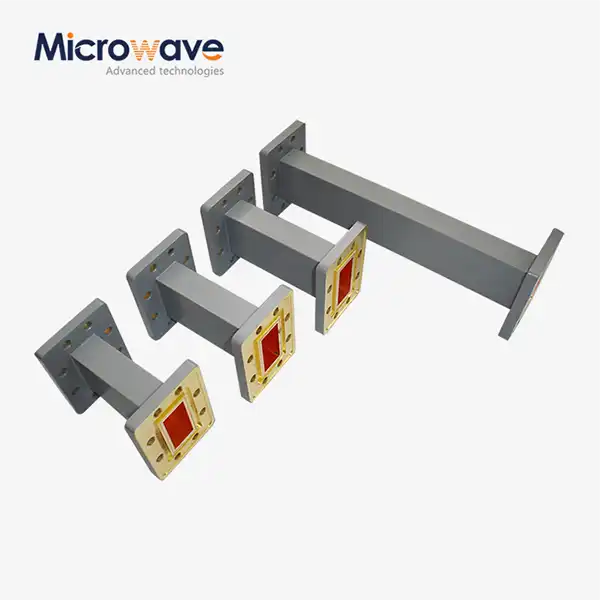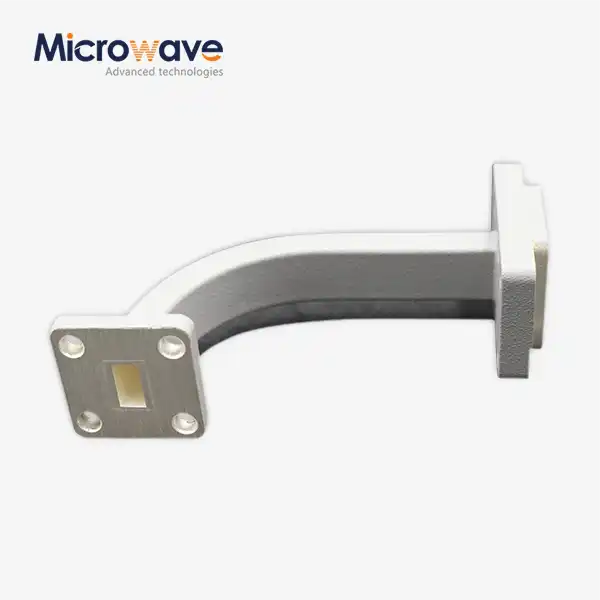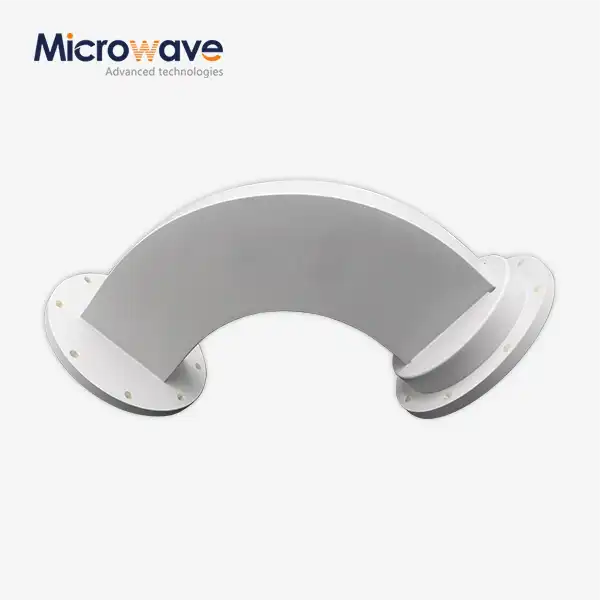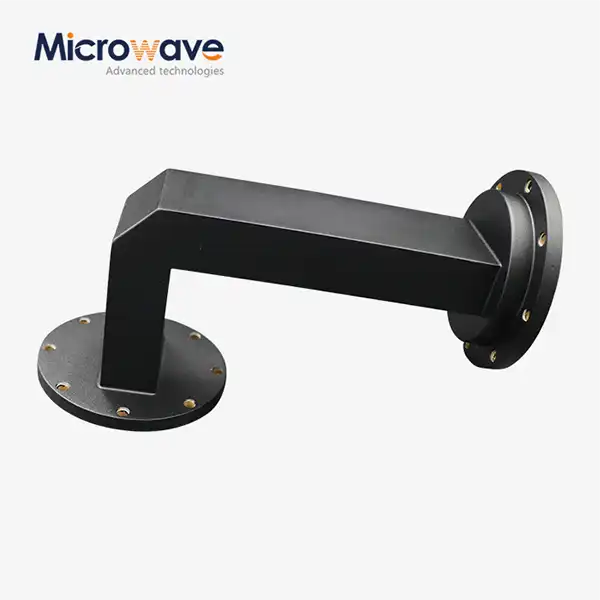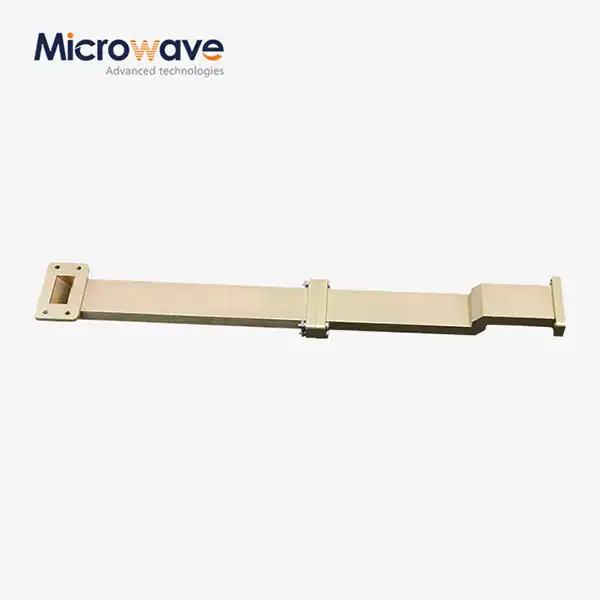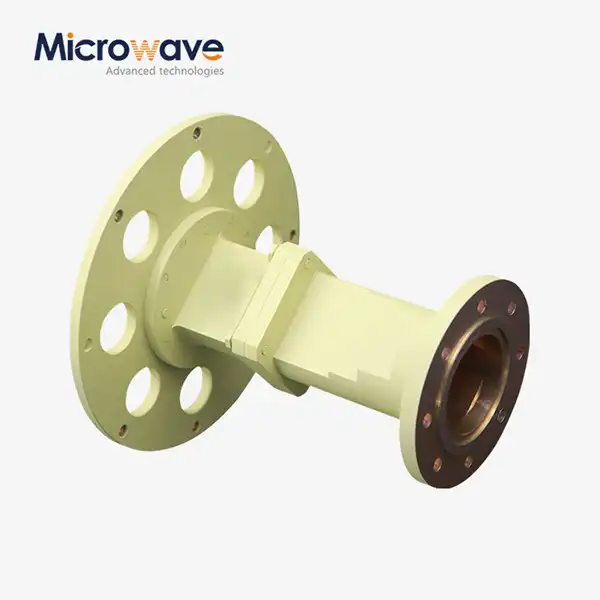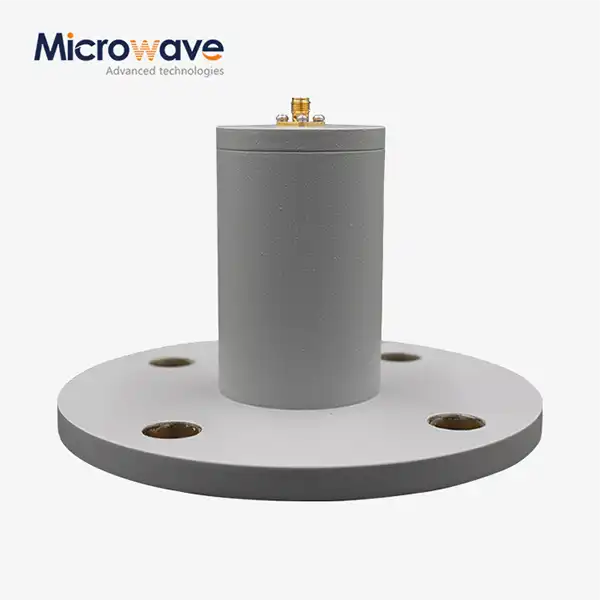How does slotted waveguide array form a radiation pattern?
The formation of radiation patterns in slotted waveguide arrays represents one of the most fundamental yet sophisticated principles in modern antenna engineering. Understanding how these arrays generate their characteristic radiation patterns is crucial for engineers working in satellite communications, radar systems, and aerospace applications. A slotted waveguide array achieves its radiation pattern through the precise arrangement of slots cut into the waveguide walls, where each slot acts as an individual radiating element that contributes to the overall electromagnetic field distribution in space. The coherent combination of electromagnetic waves from multiple slots creates directional beam patterns with high gain and low side lobes, making slotted waveguide arrays indispensable in applications requiring precise signal transmission and reception.
Physical Principles of Slot Radiation in Waveguide Arrays
Electromagnetic Field Coupling Mechanisms
The fundamental mechanism behind slotted waveguide array radiation begins with the electromagnetic field coupling between the internal waveguide modes and the external free space. When electromagnetic energy propagates through a rectangular waveguide, it establishes specific field patterns known as propagation modes, with the TE10 mode being the dominant mode in most practical applications. The introduction of slots into the waveguide walls creates apertures that allow controlled coupling of internal electromagnetic fields to the external environment. Each slot in the slotted waveguide array acts as a magnetic dipole antenna, with its radiation characteristics determined by the slot dimensions, orientation, and position relative to the internal field distribution. The coupling strength depends on the slot's placement relative to the maximum electric or magnetic field regions within the waveguide, enabling precise control over the radiated power from each element in the array.
Slot Geometry and Field Distribution
The geometry of individual slots within a slotted waveguide array significantly influences the overall radiation pattern formation. Longitudinal slots, positioned parallel to the waveguide axis, couple primarily to the transverse electric field components, while transverse slots interact with the longitudinal current flow in the waveguide walls. The slot length typically approximates half a wavelength at the operating frequency to achieve resonant radiation conditions, though this can be adjusted for bandwidth optimization in slotted waveguide array designs. The width of each slot controls the coupling strength and bandwidth characteristics, with narrower slots providing tighter coupling control but potentially limiting the operational bandwidth. Advanced Microwave Technologies Co., Ltd designs slotted waveguide arrays with customizable slot geometries to match specific application requirements, ensuring optimal performance across frequency ranges from 2 GHz to 110 GHz with gains up to 40 dB.
Wave Propagation and Phase Relationships
The phase relationships between electromagnetic waves radiated from different slots in a slotted waveguide array determine the overall beam direction and pattern shape. As the fundamental waveguide mode propagates along the structure, it encounters each slot sequentially, with the phase of excitation varying according to the propagation constant and inter-slot spacing. This progressive phase variation creates a naturally tilted beam in slotted waveguide array antennas, with the beam angle determined by the ratio of slot spacing to wavelength. By carefully controlling the spacing between slots and their individual coupling strengths, engineers can synthesize desired radiation patterns including pencil beams, fan beams, or shaped beams for specific coverage requirements. The coherent addition of electromagnetic fields from all slots in the array produces the far-field radiation pattern, with constructive interference in the main beam direction and destructive interference creating nulls and reduced side lobe levels.
Array Configuration and Beam Formation Techniques
Linear Array Beam Synthesis
Linear slotted waveguide arrays form the foundation for more complex antenna systems by arranging slots along a single waveguide structure to create controlled radiation patterns. The beam synthesis in linear arrays follows the principles of Fourier transforms, where the desired far-field pattern can be achieved through appropriate amplitude and phase distribution across the array elements. In slotted waveguide array configurations, the amplitude distribution is controlled by varying the coupling strength of individual slots through dimensional adjustments or slot angle modifications. The phase distribution naturally occurs due to the progressive wave propagation along the waveguide, but can be further modified through slot positioning or the introduction of phase-shifting elements. Advanced Microwave's slotted waveguide array designs utilize sophisticated synthesis techniques to achieve low side lobe levels, typically below -25 dB, while maintaining high main beam gain and acceptable bandwidth performance across the entire operating range.
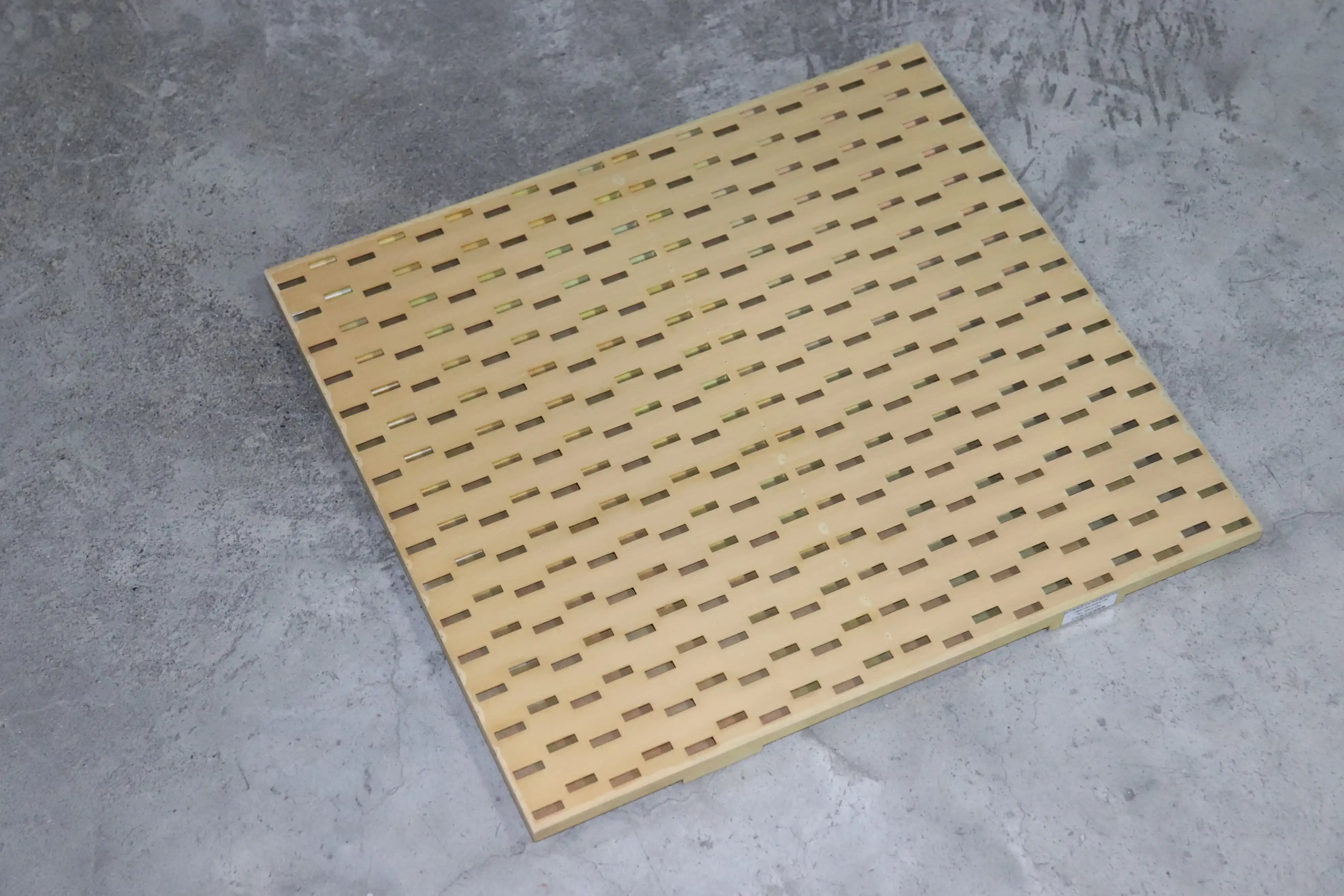
Planar Array Configuration
Planar slotted waveguide arrays extend the beam control capabilities by combining multiple linear arrays in a two-dimensional configuration, enabling full three-dimensional beam steering and pattern shaping. Each linear slotted waveguide array in the planar configuration contributes to pattern formation in one plane, while the combination of multiple arrays provides control in the orthogonal plane. The feed network for planar arrays becomes more complex, requiring careful design to maintain proper amplitude and phase relationships across all elements while minimizing losses and maintaining impedance matching throughout the system. Advanced Microwave Technologies Co., Ltd offers both one-dimensional and two-dimensional slotted waveguide array configurations, with power handling capabilities up to 100W and impedance matching to 50 ohms standard. The planar arrays can be customized in size and element count to meet specific directivity and coverage requirements for satellite communication and radar applications.
Phased Array Integration
The integration of slotted waveguide arrays into phased array systems represents the pinnacle of beam control technology, combining the inherent advantages of waveguide structures with electronic beam steering capabilities. In phased array implementations, each slotted waveguide array element or sub-array connects to phase shifters and amplitude controllers that enable real-time beam steering without mechanical movement. The slotted waveguide array elements provide stable, high-power handling capability while the electronic control systems enable rapid beam positioning and pattern adaptation. This combination proves particularly valuable in aerospace and defense applications where mechanical reliability and electronic agility are both essential. Advanced Microwave's slotted waveguide array components are designed for seamless integration into phased array systems, with aluminum or stainless steel construction ensuring durability in harsh environmental conditions while maintaining RoHS compliance and ISO 9001:2008 certification standards.
Pattern Optimization and Performance Characteristics
Side Lobe Suppression Techniques
Achieving low side lobe levels in slotted waveguide array radiation patterns requires sophisticated optimization of both amplitude and phase distributions across the array elements. The side lobe performance directly impacts the antenna's ability to discriminate between desired signals and interference sources, making it a critical parameter in communication and radar systems. Amplitude tapering techniques, such as Taylor or Chebyshev distributions, can be implemented in slotted waveguide arrays by carefully varying the coupling strength of individual slots along the array length. This variation creates a non-uniform excitation that reduces side lobe levels at the expense of some main beam broadening and gain reduction. Advanced optimization algorithms consider the mutual coupling between slots, manufacturing tolerances, and frequency variation effects to achieve robust side lobe suppression across the operational bandwidth. The slotted waveguide array designs from Advanced Microwave Technologies incorporate these optimization techniques to deliver superior pattern performance with side lobe levels optimized for specific application requirements.
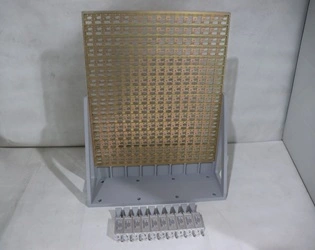
Bandwidth and Frequency Response
The frequency response characteristics of slotted waveguide array radiation patterns depend on the dispersive nature of both the waveguide propagation and the slot resonances. As frequency changes, the effective wavelength within the waveguide varies according to the dispersion relationship, causing shifts in the relative phase between array elements and resulting in beam steering with frequency. This beam squinting effect can be minimized through careful design of the slot spacing and waveguide dimensions, though some residual frequency dependence typically remains in slotted waveguide array systems. The bandwidth performance of individual slots affects the overall array bandwidth, with resonant slots providing high efficiency over narrow bands while non-resonant designs offer broader bandwidth at reduced peak efficiency. Advanced Microwave's slotted waveguide array products are engineered to provide high bandwidth performance across their specified frequency ranges, with customizable designs available to optimize the bandwidth-efficiency trade-off for specific applications requiring either wideband operation or maximum efficiency at discrete frequencies.
Polarization Control and Pattern Stability
Polarization characteristics of slotted waveguide array radiation patterns depend on the slot orientation and the internal waveguide mode structure, with linear polarization naturally achieved through proper slot alignment with the dominant mode fields. The polarization purity and cross-polarization levels represent important performance metrics, particularly in satellite communication applications where orthogonal polarizations enable frequency reuse and capacity enhancement. Circular polarization can be achieved in slotted waveguide arrays through the use of crossed slots or polarization conversion networks, though this typically increases system complexity and may affect pattern symmetry. The mechanical stability of waveguide structures ensures excellent polarization stability over temperature and environmental variations, making slotted waveguide arrays particularly suitable for applications requiring stable polarization performance. Advanced Microwave Technologies provides both linear and circular polarization options in their slotted waveguide array products, with customization available to meet specific polarization requirements including axial ratio specifications for circular polarization applications and cross-polarization discrimination for linear polarization systems.
Conclusion
The formation of radiation patterns in slotted waveguide arrays involves complex electromagnetic interactions between individual slot elements and their coherent combination in the far-field. Through careful control of slot geometry, positioning, and coupling strength, these arrays achieve superior directional performance with high gain, low side lobes, and excellent pattern stability. Advanced Microwave Technologies Co., Ltd leverages decades of expertise to deliver optimized slotted waveguide array solutions for demanding applications across satellite communications, aerospace, and defense sectors.
Ready to optimize your communication systems with precision-engineered slotted waveguide arrays? Advanced Microwave Technologies Co., Ltd stands ready to transform your project requirements into high-performance reality. With our perfect supply chain system, rich production experience, and professional technical R&D team, we deliver fast, cost-effective solutions backed by strict quality control and strong after-sales support. Our integrated production and R&D capabilities serve global markets with ISO 9001:2008 certified products that are RoHS compliant. Whether you need prototyping with quick turnaround, comprehensive technical support, or full-scale manufacturing, our expert engineers provide customized OEM services tailored to your specific needs. Contact our team today at mia@admicrowave.com to discuss how our advanced slotted waveguide array solutions can elevate your next project to new heights of performance and reliability.
References
1. Collin, R.E. and Zucker, F.J., "Antenna Theory: Analysis and Design of Slotted Waveguide Arrays," McGraw-Hill Book Company, New York, 1969.
2. Elliott, R.S., "An Introduction to Guided Waves and Microwave Circuits: Slotted Array Antenna Design," Prentice-Hall, Englewood Cliffs, NJ, 1993.
3. Jasik, H. and Johnson, R.C., "Antenna Engineering Handbook: Waveguide Slot Array Principles," McGraw-Hill Professional, 4th Edition, 2007.
4. Balanis, C.A., "Modern Antenna Handbook: Slotted Waveguide Array Analysis and Synthesis," John Wiley & Sons, Hoboken, NJ, 2008.
5. Stutzman, W.L. and Thiele, G.A., "Antenna Theory and Design: Array Pattern Formation in Slotted Waveguides," John Wiley & Sons, 3rd Edition, 2012.
6. Milligan, T.A., "Modern Antenna Design: Slotted Waveguide Array Optimization Techniques," IEEE Press, Wiley-Interscience, 2nd Edition, 2005.




